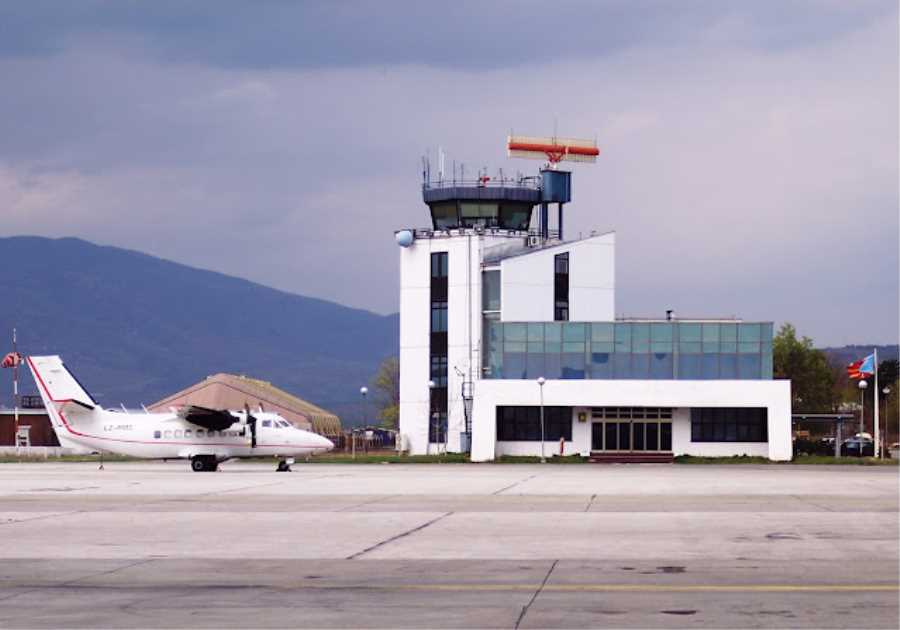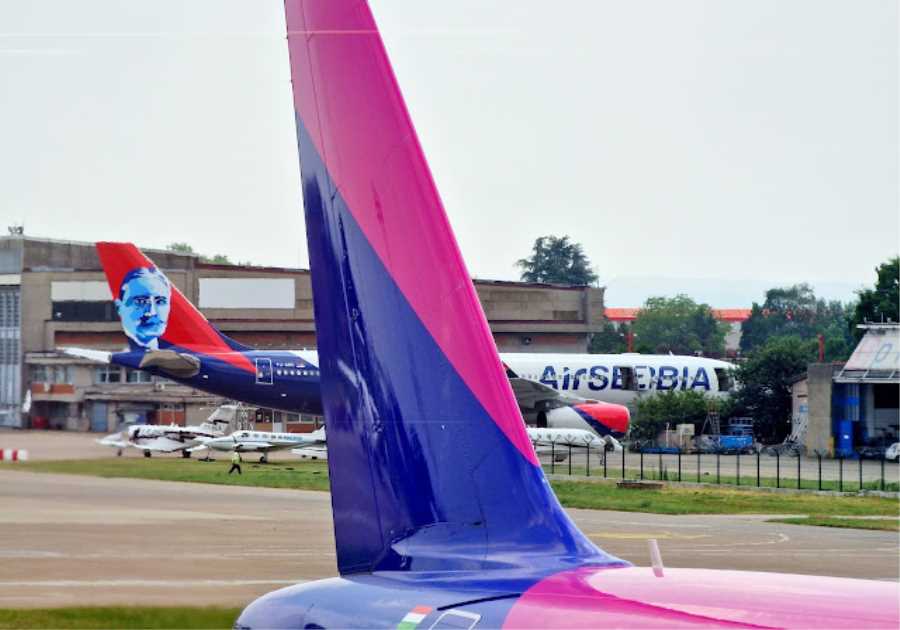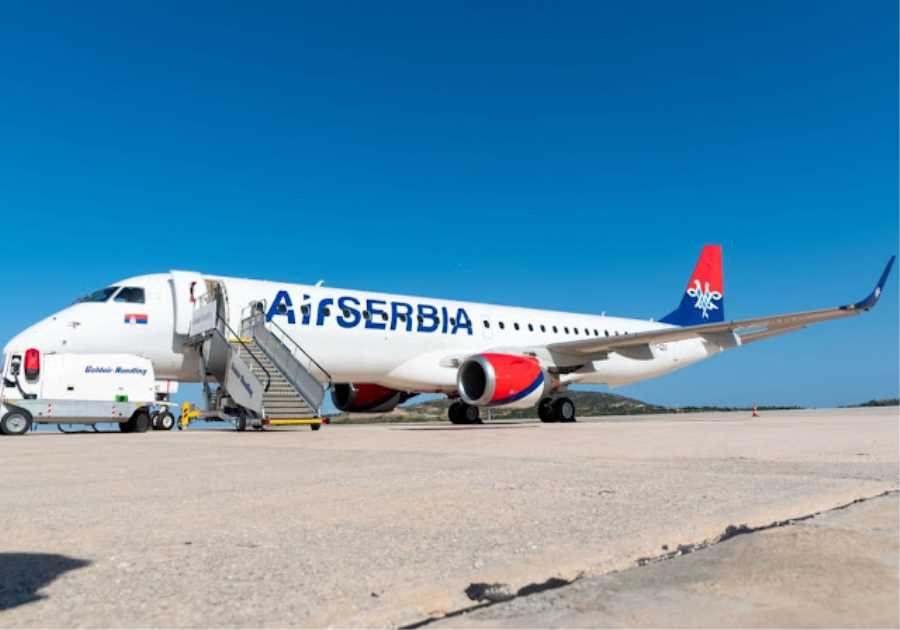HOSTED BY: https://1airtravel.com
TODAY'S READ
You will often hear, towards the end of a pilot’s announcement, about the number of languages spoken by cabin crew onboard respectively. Take Emirates for example who can have up to 20 nationalities and 12 languages in one team alone. So why, and how is this possible?
Language is a difficult thing to master, regardless of whether it is one’s maternal language, or a language that one is adopting. There are various rules to follow in order to communicate a single idea: grammar, syntax, semiotics etc. The question is at what point do you stop perfecting a language to start a new one? At what point do you revisit and revise the language you have left behind? Indeed, there are various degrees of proficiency – even a beginner could say that they know French, German, Spanish.
Practice Makes Perfect
What is interesting about bilingual or multilingual flight attendants is their knowledge of disparate languages, which often comprises their maternal language or languages, and other ones they may have accrued along the way (by extending outwards to one that is similar, or completely different).
In terms of proficiency, language wise, Emirates only require that their attendants be fluent in English (written and spoken); but other airliners such as Air Canada say: ‘‘candidates who speak both English and French fluently are preferred,’’ and that ‘‘if you speak one or more of the following languages, make sure to let us know’’ for ‘‘they are proud to offer bilingual services’’.

Swiss Airlines’ cabin crew | © Swiss
Similarly Swiss Airlines state the candidate must have ‘‘very good English and German language skills; French, Italian or Spanish [is] an advantage (language stays recommended)’’. Malory, a flight attendant for Swiss airlines (the lady on our feature photo) says: ‘‘[Like] most of my colleagues, I speak various languages such as French, German, English, and Spanish. But what probably makes my language skills a little bit more special is that I have some basic knowledge [of] Hindi and Urdu from my studies at the University of Lausanne in Languages and Civilisations of Southeast Asia. Unfortunately, I don’t get the opportunity to practice them a lot and so I hope, that I won’t forget what I’ve learned so far.’’ This is of course super impressive. According to statistics, only 13% of people in the world speak three languages fluently (trilingual), only 3% of the world speak more than four languages (multilingual) , and less than 1% in the world speak several languages (polyglot), a category which Malory naturally fulfils… Indeed, there are better opportunities for flight attendants like Malory, for according to Pauline Farris, a world traveller and multilingual, they are more likely to travel to more places and thus receive a much higher pay than their monolingual or bilingual colleagues. Multilingual staff also proves great for airliners, for in recruiting the likes of Malory, airliners can set standards, raise bars, and skyrocket themselves to prestige. A win-win situation.
As I have mentioned before, a beginner could say they have acquired another language, but at what point will can this be solidified? What we can gather from Malory and her basic grasp of Hindi and Urdu is that practice makes perfect. That the art of mastering language and exchange happens through encountering disparate spaces – inside an airport, onboard an aircraft, down the aisles, but also the places they arrive at. These spaces, populated with people and decorated with culture, will come to shape their way of learning a new language because any subsequent conversations, any corrections of grammar will stay ingrained in their mind, causing these spaces to transcend into opportune fields of learning.
Thus in answering the questions posed above, the act of starting a new language is carried out when one is willing to cross cultural thresholds to communicate and advance. Language is not only a tool to connect people from across the world, but language can also be used for one’s personal achievement. In this way, learning a language is possible when one sets their mind to it.
How many languages do you, or would you like to speak? Let us know below.
By: Claudia MokTitle: The Art of Language as Flight Attendant
Sourced From: travelradar.aero/the-art-of-language-as-flight-attendant/
Published Date: Thu, 17 Jun 2021 18:00:43 +0000






